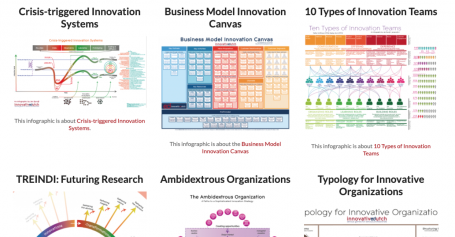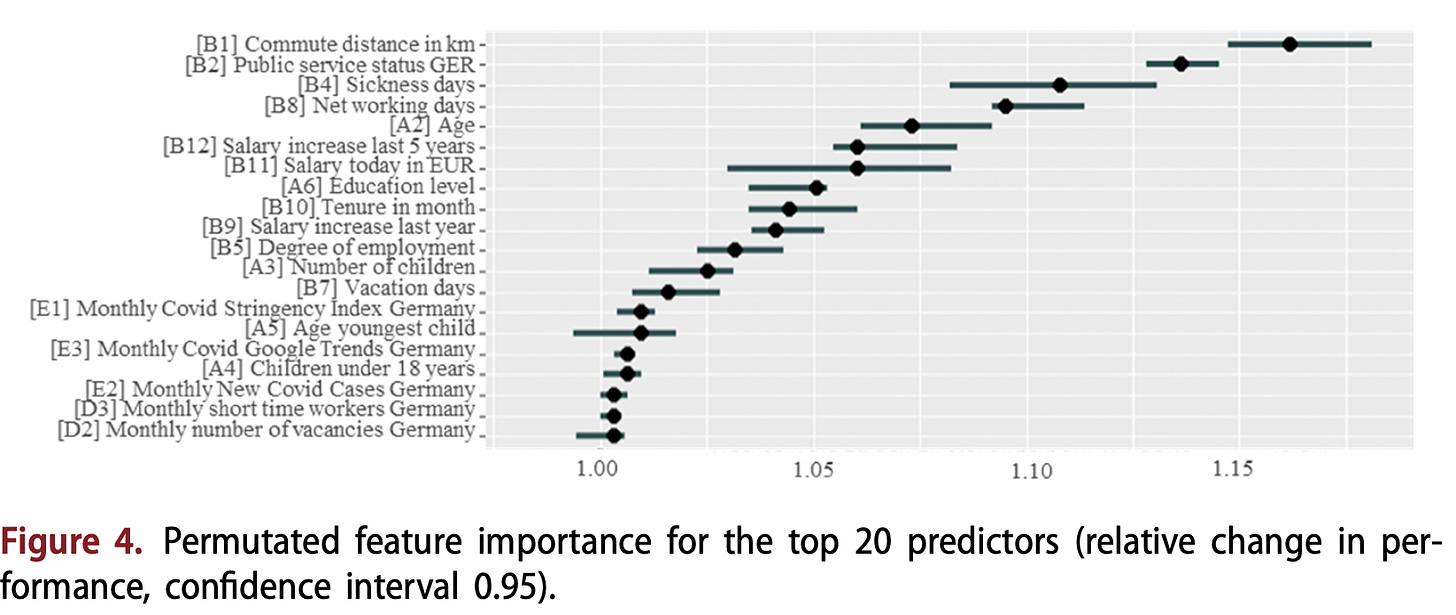Artificial Intelligence (AI) represents a remarkable advancement in technology with the potential to significantly benefit higher education. AI tools, such as ChatGPT, can support educators and enhance student learning experiences by automating administrative tasks, providing personalized learning pathways, and facilitating access to a vast array of information. However, while the benefits of AI are numerous, there is increasing concern within academic circles about its ethical implications and the challenges it presents to traditional educational paradigms in business and engineering education.
If you’re a college student preparing for life in an A.I. world, you need to ask yourself: Which classes will give me the skills that machines will not replicate, making me more distinctly human? New York Times
Recent studies, including the work by Sullivan, Kelly, and Mclaughlan (2023), highlight these concerns in detail. Their research underscores significant issues related to academic integrity and student learning outcomes with the advent of generative AI tools like ChatGPT. They note that while these tools can aid learning, they also present substantial risks, particularly in terms of undermining the learning process and compromising the integrity of academic work.
Key Concerns Raised
The integration of AI tools like ChatGPT into higher education has brought about several significant concerns, primarily revolving around academic integrity, the quality of student learning, and broader ethical implications.
1. Academic Integrity Concerns:
One of the most pressing issues is the potential for AI to facilitate academic dishonesty. AI tools can generate essays, solve problems, and create presentations, often indistinguishable from student-generated work. This ease of use can lead students to rely on AI to complete their assignments, effectively bypassing the learning process. According to Sullivan, Kelly, and Mclaughlan (2023), there has been a noticeable increase in students submitting work produced by ChatGPT, yet these students struggle with verbal discussions or critical analyses of the same topics. This phenomenon undermines the authenticity of academic assessments and devalues educational qualifications.
2. Impact on Learning Outcomes:
AI’s ability to generate content quickly and accurately poses a threat to the learning process itself. As noted in Sullivan et al.’s study, there is a critical link between the act of writing and learning (Goodman, 2023). The cognitive effort involved in structuring an argument, synthesizing information, and reflecting on content is essential for deep learning. When students use AI to circumvent these processes, they miss out on the development of critical thinking and analytical skills. The concern here is that AI can make learning too easy, removing the struggle that is often necessary for true understanding and mastery of complex subjects (AI writing tools garner concern about academic integrity, education from faculty, 2023).
“The potential benefits of artificial intelligence are huge, so are the dangers.” (Dave Waters)
3. Quality and Reliability of AI-Generated Content:
Another significant concern is the quality and reliability of the output generated by AI tools. ChatGPT and similar AI systems can produce text that appears plausible but can contain factual inaccuracies, logical fallacies, and a lack of nuanced understanding (Chatbots ‘spell end to lessons at home’, 2023). Additionally, AI lacks the ability to form genuine opinions, think creatively, or critically evaluate its own outputs. These limitations can lead to students presenting erroneous information and can hinder the development of their critical evaluation skills.
4. Equity and Accessibility Issues:
The ethical implications of AI use extend to equity and accessibility. Not all students have equal access to advanced AI tools, potentially exacerbating existing inequalities in education. Students from disadvantaged backgrounds may not be able to afford the technology or may lack the necessary digital literacy to use it effectively. This creates a divide where some students can leverage AI to enhance their academic performance, while others are left behind.
5. Data Privacy and Security:
AI tools often require access to vast amounts of data, raising concerns about the privacy and security of student information. There is a risk that sensitive data could be mishandled or exposed, leading to potential breaches of privacy and trust (The Promise and Peril of ChatGPT in Higher Education, Park & Ahn, 2024).
6. Reduced Critical Thinking and Engagement:
The use of AI can lead to a passive learning experience where students become overly reliant on technology. This reliance can diminish opportunities for active learning, critical thinking, and problem-solving – skills that are crucial for academic and professional success. According to Rasul et al. (2024), the passive nature of AI-assisted learning contradicts the principles of constructivist learning theory, which emphasizes the importance of active engagement and social interactions in the learning process.
7. Inadequate Assessment of Learning Outcomes:
AI-generated content makes it difficult for educators to assess students’ true understanding and skills accurately. Traditional assessment methods, such as essays and take-home assignments, are easily completed with AI assistance, making it challenging to gauge a student’s actual learning progress. This issue calls for a reevaluation of assessment strategies to ensure they effectively measure student learning outcomes in an AI-enhanced educational environment.
8. Technological and Psychological Challenges:
Technological solutions to detect AI-generated content are still evolving and are not foolproof. False positives can lead to unwarranted accusations of academic dishonesty, causing psychological stress and potentially damaging student reputations (The Promise and Peril of ChatGPT in Higher Education, Park & Ahn, 2024). Additionally, as AI technology advances, detection systems must continuously adapt, posing a persistent challenge for educational institutions.
I believe that the future of AI in education encompasses three essential areas: AI literacy, AI policy, and AI misconduct, or ’AI-giarism.” Professor Chan
Given these multifaceted challenges, it is imperative to explore both traditional and innovative strategies to mitigate the negative impacts of AI while harnessing its benefits.
Routes for Addressing These Challenges
Old-School Methods
I’m not a fan of these methods, but lecturers are increasingly holding on to them in the age of AI. They’re effective, but often very time-consuming and increasingly less effective as AI continuous to become more accessible.
- Reinforcing Traditional Assessments: Maintaining some traditional forms of assessment, such as invigilated exams, can help ensure that students engage with the material directly. However, reliance solely on these methods can stifle innovation and adaptability in education.
- Handwritten Assignments: Encouraging handwritten work can reduce the opportunity for AI misuse. Yet, this approach may not fully capture the interactive and digital nature of modern education.
New-School Methods
- AI-Resistant Assessments: Developing assessment types that are difficult for AI to handle is a promising approach. This includes oral presentations, podcasts, laboratory activities, group projects, and specific assignment prompts that require critical thinking and creativity beyond the capabilities of current AI.
- Game-Based Learning: Research by Sánchez-Ruiz et al. (2023) shows that serious games and simulation for higher education are hard for AI to effectively participate in due to the complexity of understanding game algorithms and dynamic scenarios. These games not only make learning engaging but also ensure that students actively apply their knowledge and skills in a way that AI cannot replicate.
- Flipped Classroom Models: This approach involves students engaging with lecture material at home through digital platforms and using classroom time for interactive, hands-on activities. Research by Sánchez-Ruiz et al. (2023) shows that flipped classrooms and other blended learning methodologies significantly reduce the effectiveness of AI tools in completing assignments, as these require active participation and critical engagement from students.
- Integrated AI Use: Embracing AI as a tool within the learning process rather than banning it can also be beneficial. By teaching students how to use AI responsibly and integrating it into the curriculum, educators can prepare students for a future where AI will be an integral part of their professional lives. This includes developing digital literacy and critical evaluation skills to assess AI-generated content.
“The learners are in charge, the AI is there to work with the educators to support students to be the best learner they can be. Human educators are a much sought-after resource in this vision, because everybody will need to learn throughout their lives.” Rose Luckin
Conclusion
The introduction of AI in higher education is a double-edged sword, offering both significant advantages and substantial challenges. While traditional methods can provide short-term solutions to maintain academic integrity, it is the innovative, new-school approaches that hold the potential to transform education sustainably. By incorporating AI-resistant assessment methods and integrating AI into the learning process responsibly, educators can enhance student learning while preserving the integrity and value of higher education. As we navigate this evolving landscape, it is crucial to engage in ongoing dialogue and adapt our strategies to ensure that the use of AI in education aligns with our core educational values and goals.









![Regenerative Innovation Process Through Systems Thinking [Infographic] Regenerative Innovation Process Through Systems Thinking [Infographic]](https://openinnovation.eu/eu/wp-content/uploads/2023/10/regenerative_innovation-768x350.png)








